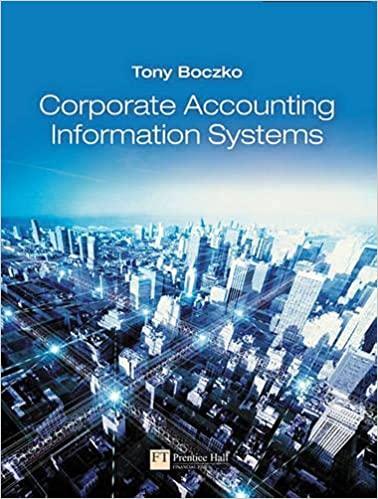
Early one Wednesday afternoon, Ken and Larry studied in the dormitory room they shared at Fogelman College. Ken, an accounting major, was advising Larry, a management major, regarding a project for Larry's Business Policy class. One aspect of the project involved analyzing the 2024 annual report of Craft Paper Company. Though not central to his business policy case, a footnote had caught Larry's attention. Beginning in 2024, the Company revised the estimated average useful lives used to compute depreciation for most of its pulp and paper mill equipment from 16 years to 20 years and for most of its finishing and converting equipment from 12 years to 15 years. These revisions were made to more properly reflect the true economic lives of the assets and to better align the Company's depreciable lives with the predominant practice in the industry. The change had the effect of increasing net income by approximately $55 million. "If I understand this right, Ken, the company is not going back and recalculating a lower depreciation for earlier years. Instead they seem to be leaving depreciation overstated in earlier years and making up for that by understating it in current and future years," Larry mused. "Is that the way it is in accounting? Two wrongs make a right?" Required: 1. When referring to "two wrongs make a right," Larry is suggesting each of the following except: The depreciation calculated assuming the shorter 16-year life was overstated. The undepreciated cost to be allocated to future years is less than it would have been if depreciation been based on a 20 year life all along. The depreciation following the change in estimate is less than it would have been had depreciation been based on 20 years all along. The depreciation was "too low" before the change and "too high" after the change. 2. What is the accounting profession's justification for the accounting treatment prescribed for this type of change? The depreciation was not "too high" before the change because the average before and after the change is the appropriate useful life. As conditions change, estimates change, and resulting inconsistencies are unavoidable. When the original estimate was made, 16 years was considered the appropriate useful life, so changes in estimates are accounted for retrospectively. When a company revises a previous estimate, prior financial statements are revised, and the company incorporates the new estimate in any related accounting determinations from then on







